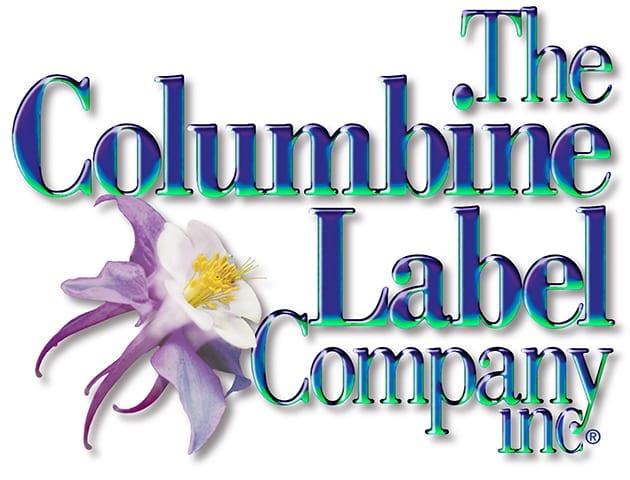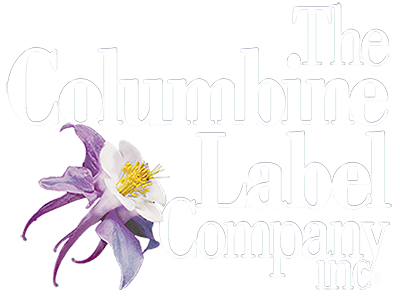As we step into the new year, the label industry continues to evolve, driven by technological advancements, changing consumer preferences, and the ever-present need for sustainability. In this blog post, we will delve into the emerging trends in the label industry for 2024, shedding light on what label buyers can expect. One of the prominent aspects we’ll explore is the re-normalization of the supply chain, a crucial factor influencing the industry’s trajectory.
Digital Transformation and Smart Labels
The label industry has been witnessing a significant shift towards digital technologies, and 2024 is poised to amplify this trend. Digital printing technologies, such as inkjet and laser, offer enhanced flexibility and customization, allowing label buyers to create dynamic, high-quality labels with shorter lead times. Additionally, smart labels incorporating RFID and NFC technology are becoming more prevalent, enabling real-time tracking, authentication, and engagement with consumers.
Label buyers can expect a broader range of digital printing options, facilitating the production of small batches and personalized labels. The integration of smart labels not only enhances supply chain visibility but also opens up new possibilities for consumer engagement and product traceability.
Sustainability Takes Center Stage
In 2024, sustainability remains a key driver in the label industry. Label buyers are increasingly prioritizing eco-friendly materials and production processes. This shift is fueled by growing consumer awareness of environmental issues and the demand for responsible packaging solutions. This is also driven by new and increasing government regulations around EPR (extended producer responsibility). These laws are in effect or going into effect in California, Colorado, Maine, Maryland, and Oregon with more states expected to follow suit.
Expect labels made from recycled and biodegradable materials to become more commonplace. Additionally, eco-friendly inks and adhesives that minimize environmental impact will gain traction. Sustainable practices will not only be a selling point for brands but a necessity as consumers become more conscious of their ecological footprint.
Personalization and Brand Storytelling
Consumers today seek products that resonate with their values and lifestyles. Label buyers can anticipate a surge in demand for personalized labels that tell a brand’s story. Brands will invest in visually appealing labels that convey authenticity, building a stronger emotional connection with consumers.
The label industry will witness an increased use of variable data printing, enabling brands to customize labels with unique text, images, barcodes, or QR codes for each product unit. This personalization trend aligns with the broader shift towards more meaningful and authentic brand communication.
Supply Chain Resilience and Re-normalization
The label industry, like many others, has felt the impact of global disruptions in recent years. The re-normalization of the supply chain will be a pivotal focus in 2024. Label buyers can expect increased efforts to build resilience into the supply chain, mitigating risks associated with geopolitical events, natural disasters, and other unforeseen challenges.
Technology will play a crucial role in achieving a more resilient supply chain. Blockchain, for instance, will be employed to enhance transparency and traceability, ensuring that labels and packaging materials can be tracked from manufacturing to distribution. This not only reduces the risk of counterfeiting but also streamlines logistics and reduces inefficiencies.
Collaboration and Integration of Labeling Systems
In 2024, the label industry is moving towards greater collaboration and integration. Label buyers can expect increased synergy between labeling systems and other technologies such as inventory management, warehouse automation, and e-commerce platforms. This integrated approach ensures seamless information flow across the entire supply chain.
For instance, labels equipped with QR codes or RFID tags can be integrated with inventory management systems, providing real-time data on stock levels. This not only optimizes inventory management but also facilitates faster and more accurate order fulfillment.
Regulatory Compliance and Safety
As consumer awareness of product safety and authenticity grows, label buyers will witness an increased emphasis on regulatory compliance. Stricter regulations related to food safety, product traceability, and labeling standards will drive the adoption of technologies that ensure compliance.
Labeling systems that allow for real-time printing of batch-specific information, including expiration dates and ingredient lists, will become essential. This not only ensures regulatory compliance but also enhances consumer trust in the authenticity and safety of the products they purchase.
Conclusion
The label industry in 2024 is set to be characterized by innovation, sustainability, and a renewed focus on supply chain resilience. Label buyers can expect a plethora of options in digital printing, an increased emphasis on sustainability, and a greater integration of labeling systems with broader supply chain technologies. The re-normalization of the supply chain will be a driving force, pushing the industry towards greater transparency, efficiency, and adaptability. As the label industry continues to evolve, staying abreast of these trends will be crucial for label buyers aiming to meet the ever-changing demands of consumers and the market.


